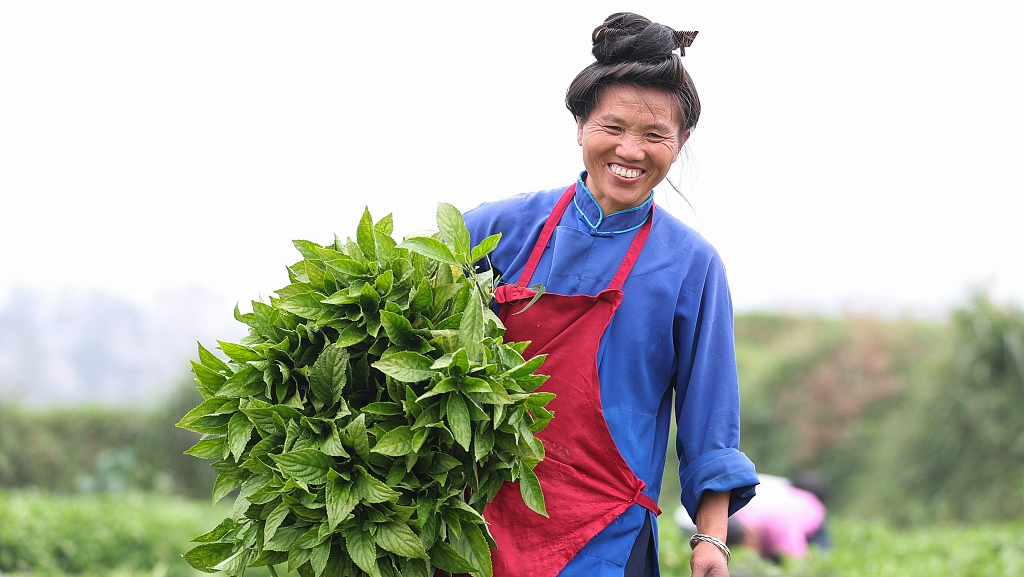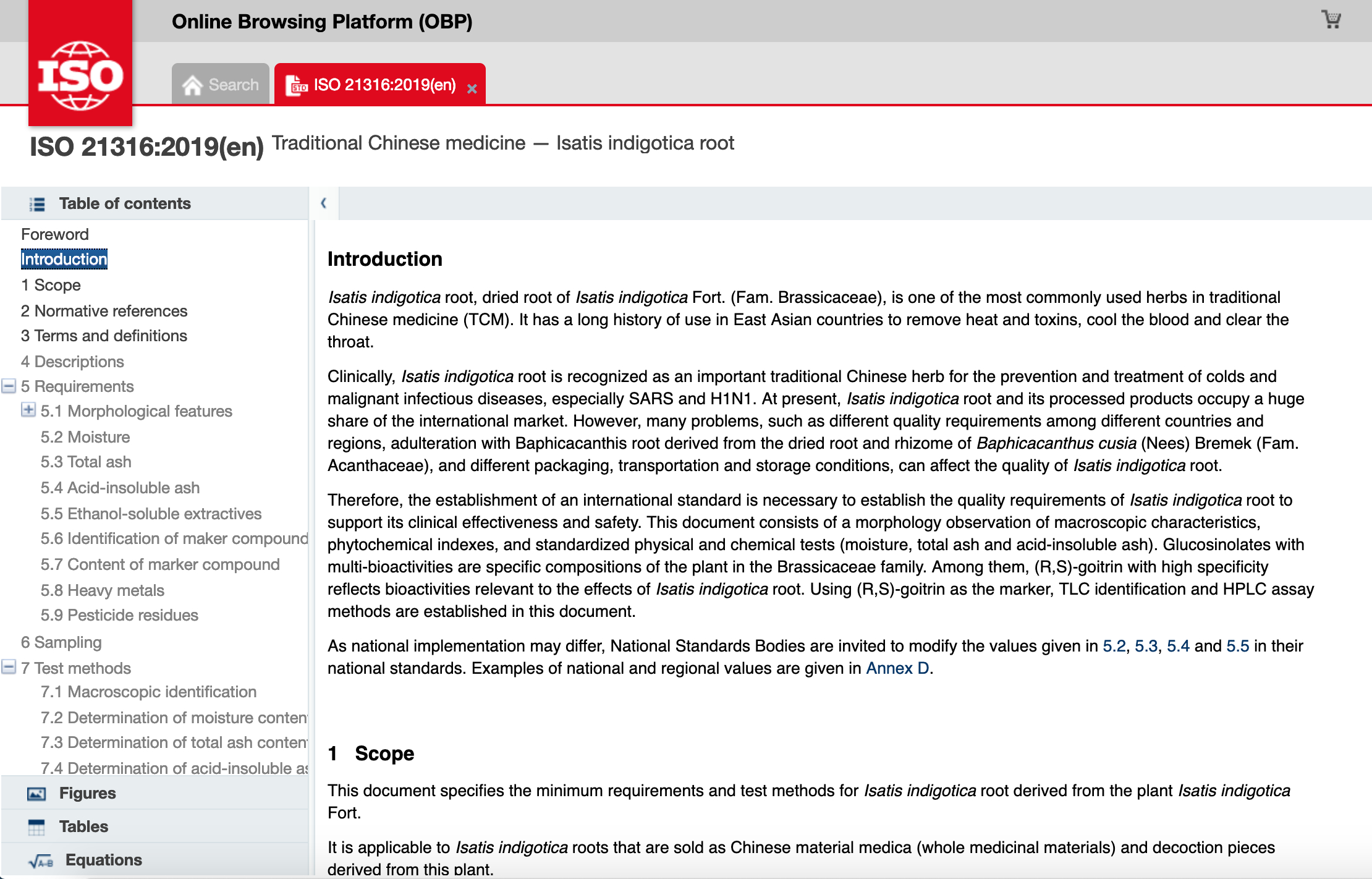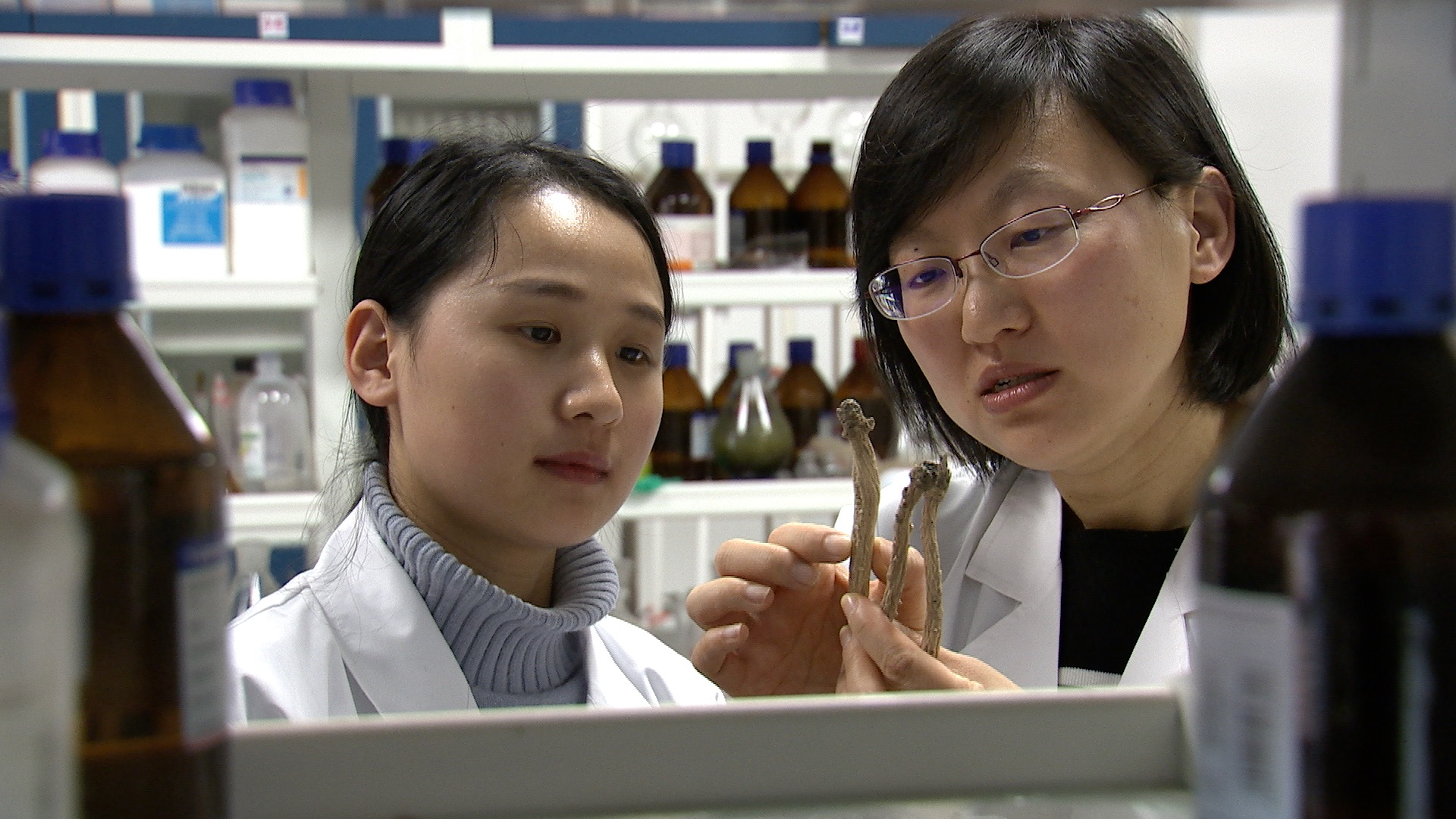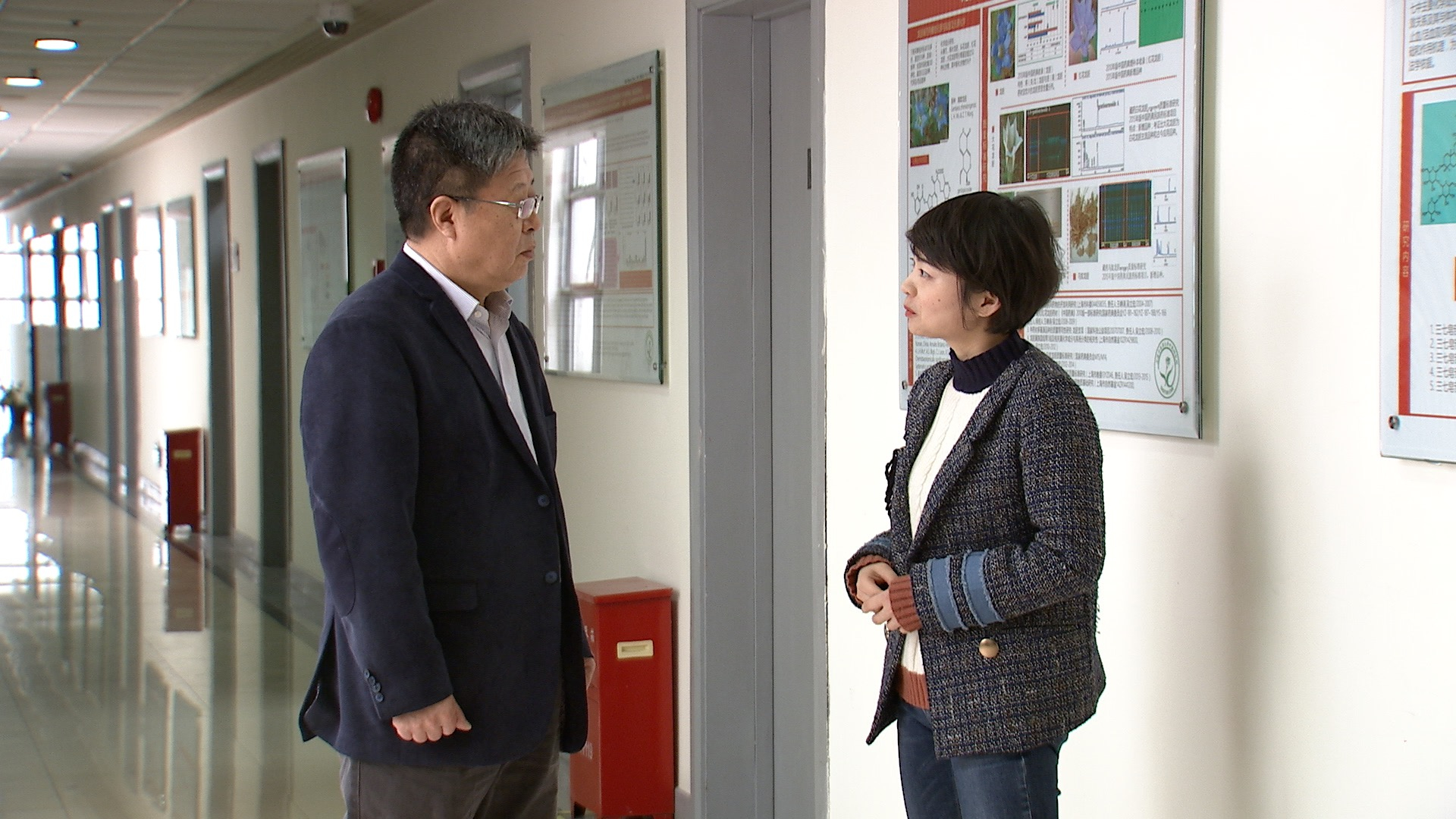
Health
15:06, 18-Mar-2019
Chinese herb 'banlangen' acquires international standard
Updated
22:15, 18-Mar-2019
By Xu Mengqi
02:21

Traditional Chinese Medicine (TCM) is based on a theoretical framework different from Western medical science. That is why when "banlangen," one of the most commonly used herbs in TCM, acquired an international standard, it seemed novel to many.
The recognition came from the International Organization for Standardization (ISO), which published a standard for banlangen, or isatis indigotica root, as it is academically known, in February.

A snapshot of the ISO standard for banlangen, or isatis indigotica root. /From ISO website
A snapshot of the ISO standard for banlangen, or isatis indigotica root. /From ISO website
"The ISO standard specifies what plant banlangen derives from, what it looks like, how to test its specific composition and the minimum requirement for that composition," said Wang Rui, a professor from Shanghai University of Traditional Chinese Medicine, who led her team through the project over the course of 34 months.
Having researched banlangen, or isatis root, for more than 10 years, Wang Rui said she was surefooted about the technical side of the project.
Apart from language barriers, the biggest challenge to be overcome was the conceptual differences between Chinese and Western medicine.

Professor Wang Rui examining a sample of banlangen, or isatis indigoica root with her research fellow. /CGTN Photo
Professor Wang Rui examining a sample of banlangen, or isatis indigoica root with her research fellow. /CGTN Photo
"In traditional Chinese medicinal theory, banlangen can remove heat and toxins, cool the blood and clear the throat. So how to explain the Chinese concept of ‘toxins' to the foreign experts? That was the hard part. When bacteria or viruses enter the body, the residuals they produce or the metabolites are the toxins," said Wang.
Wang Zhengtao, a leading figure in the standardization of TCM, said that TCM has been proven to be clinically effective and safe, but it still lacks adequate explanations in terms of modern medical science.

Wang Zhengtao, director of Shanghai R&D Center for Standardization of Chinese Medicines / CGTN Photo
Wang Zhengtao, director of Shanghai R&D Center for Standardization of Chinese Medicines / CGTN Photo
"Because TCM comes from nature, its composition is extremely complex. One herb often contains hundreds or even thousands of components. This is very different from chemical drugs. We are still deepening our understanding of traditional medicine, and there's still a lot of fundamental research work to do."
Wang Zhengtao said with an ISO standard, banlangen now has a license to be traded internationally.

SITEMAP
Copyright © 2018 CGTN. Beijing ICP prepared NO.16065310-3
Copyright © 2018 CGTN. Beijing ICP prepared NO.16065310-3